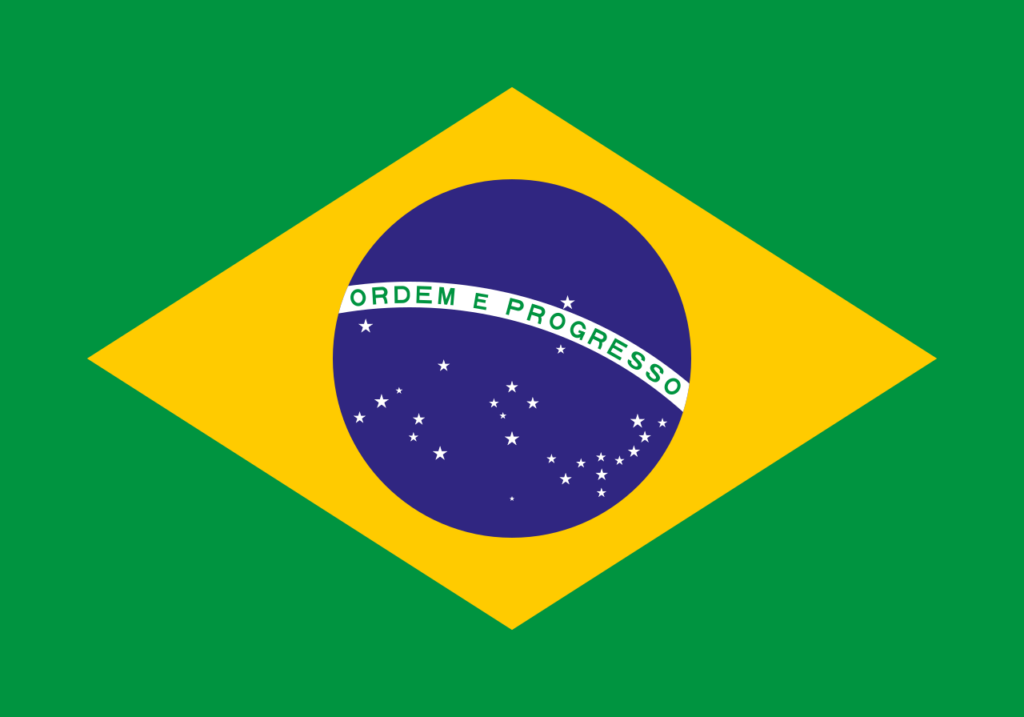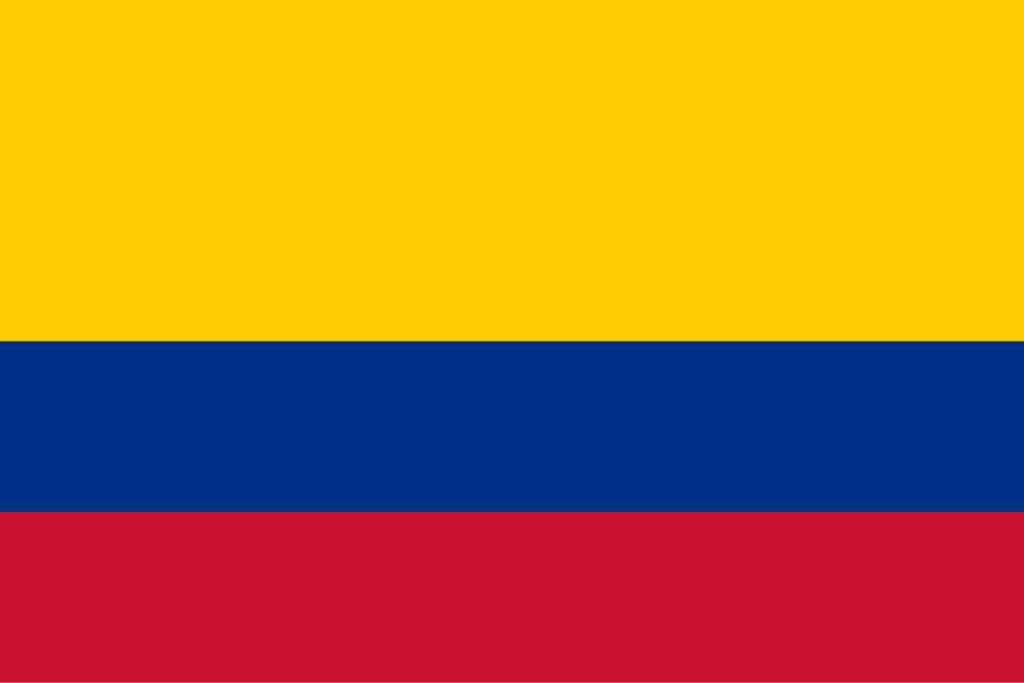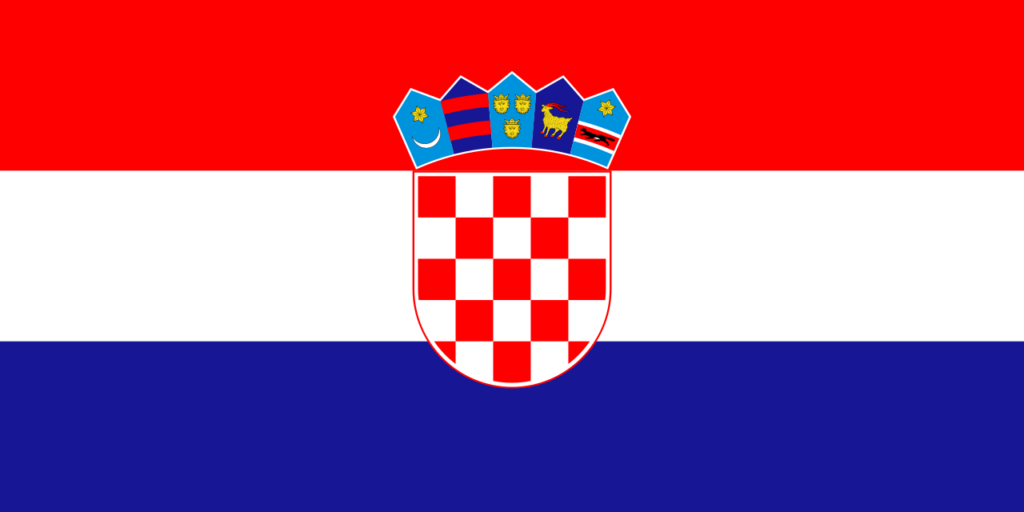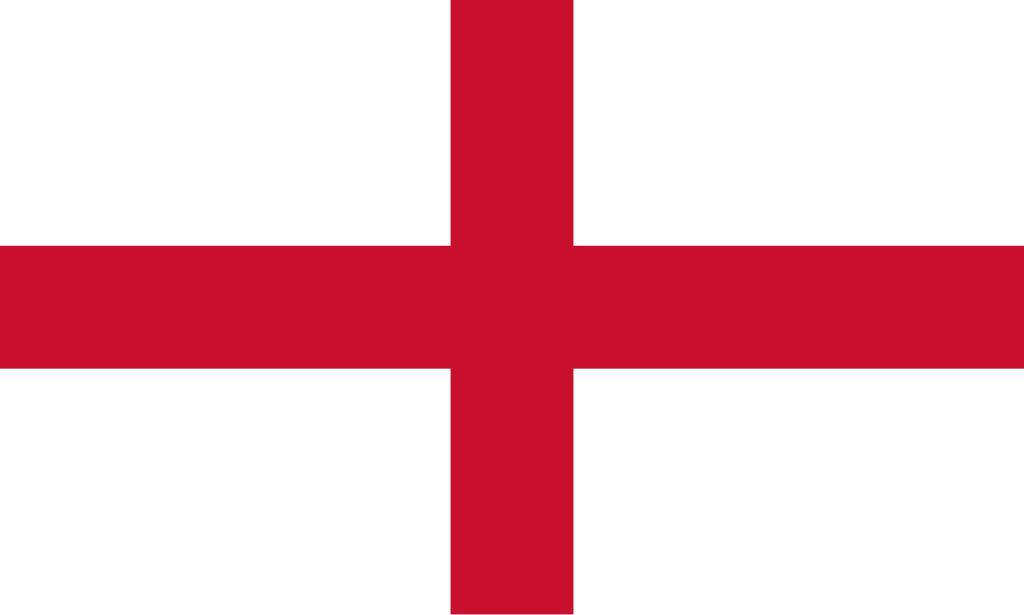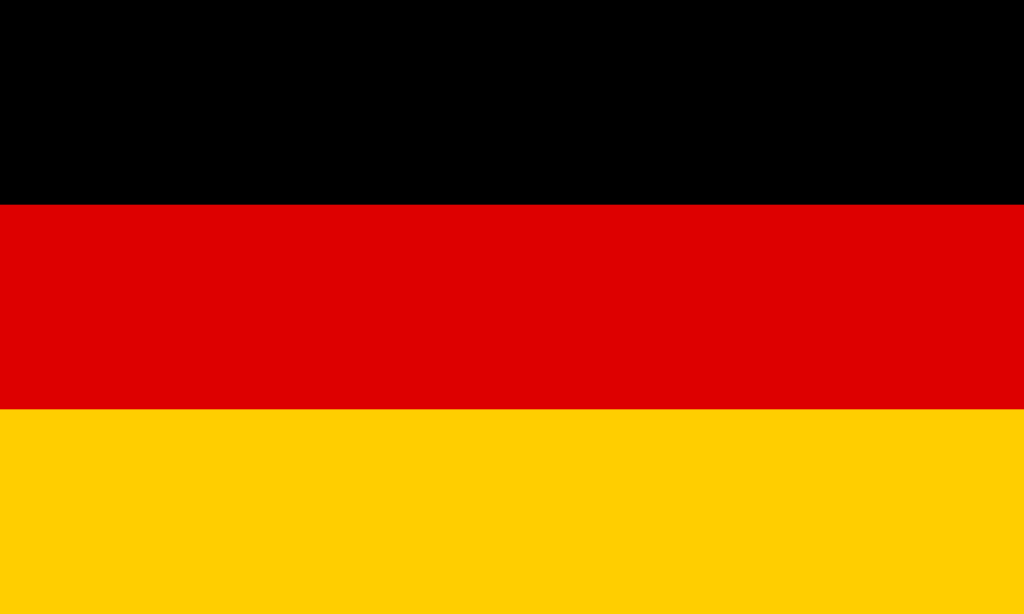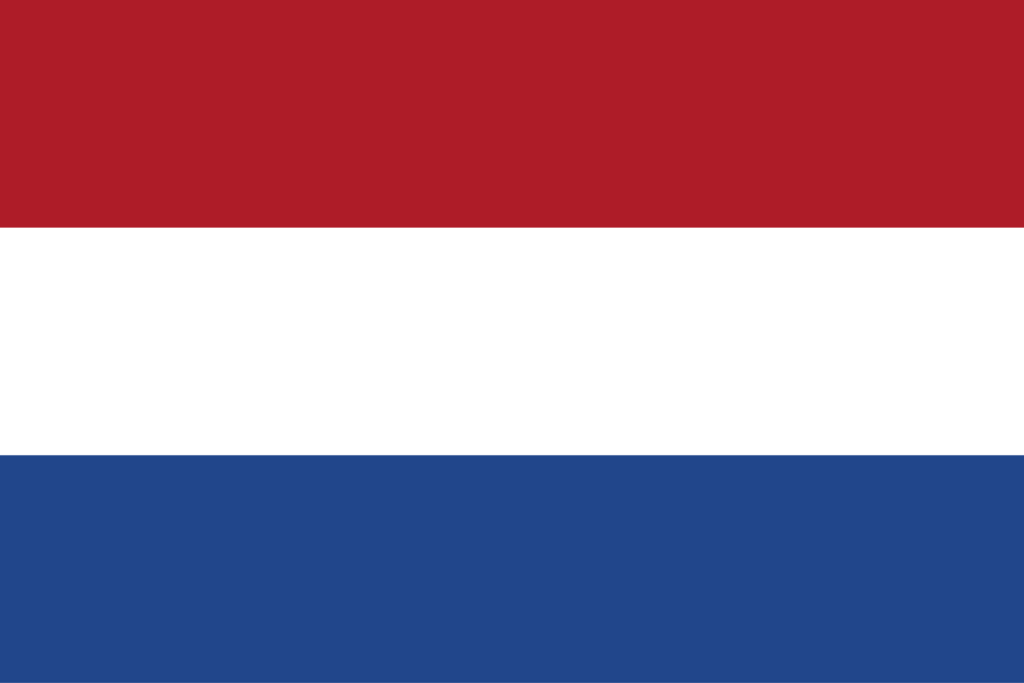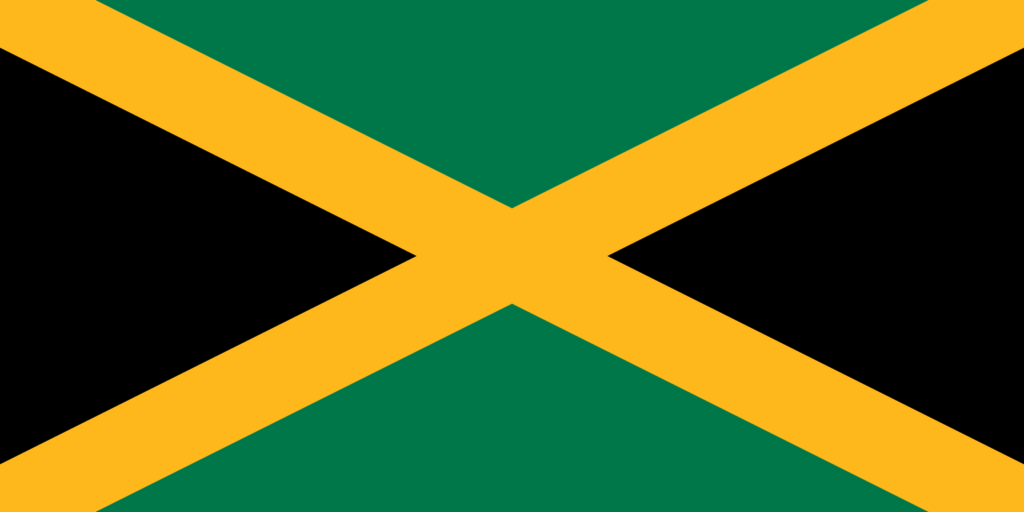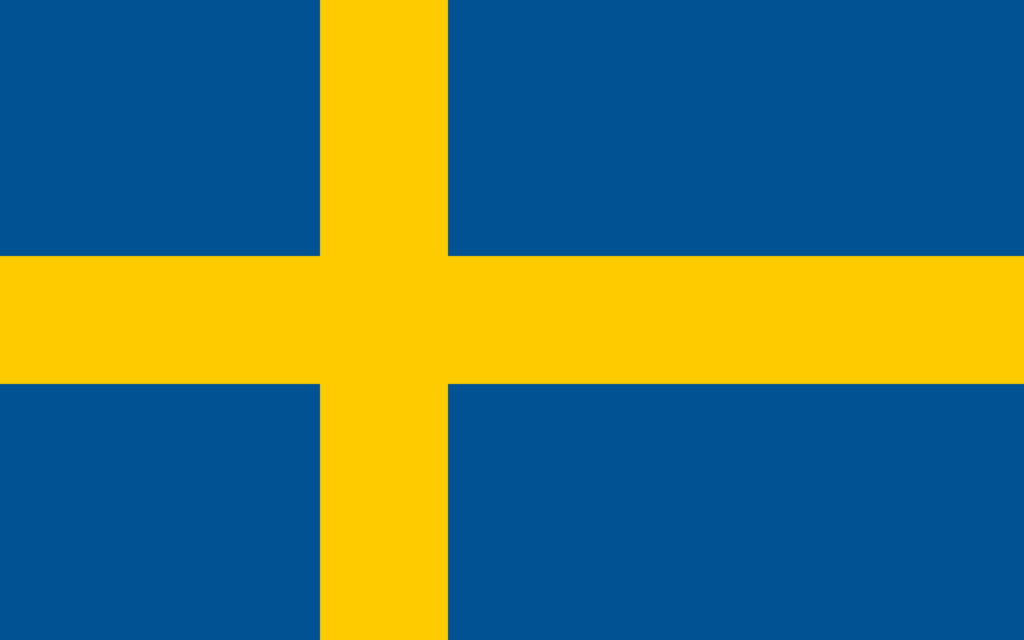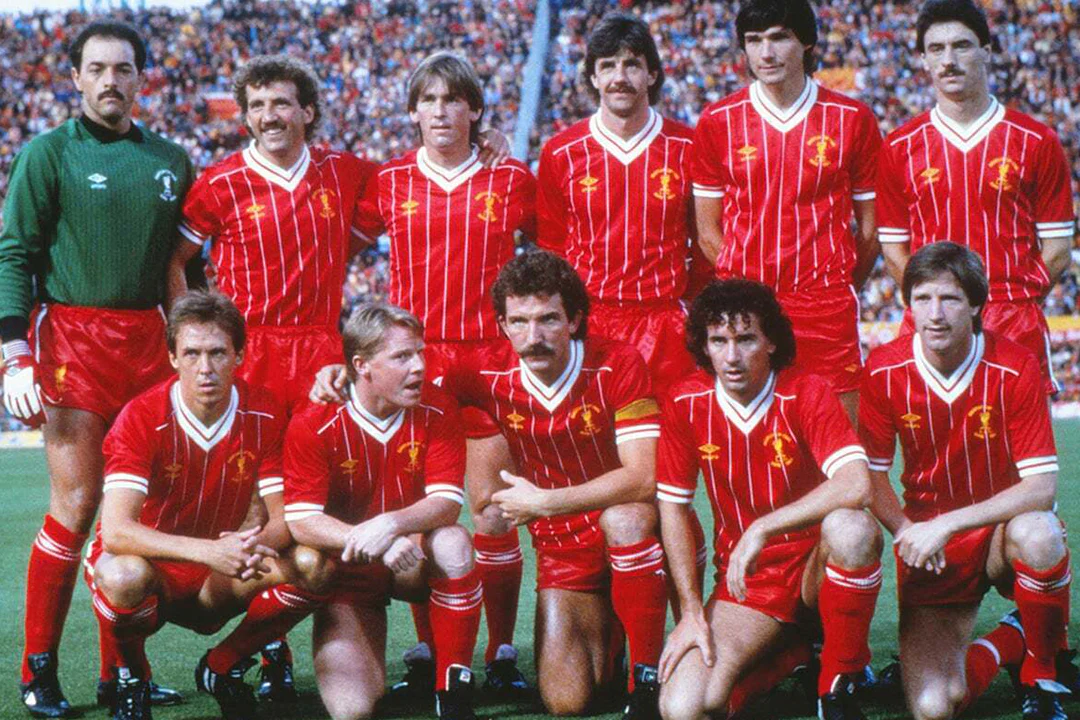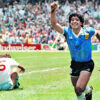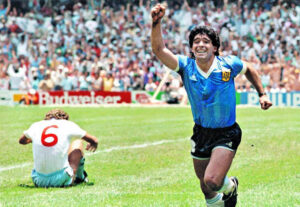Football History Lesson – The Most Notorious Banned Kits
Football’s history of banned kits is a long and storied one. From the early days of the sport, when teams would simply don their everyday clothes on the pitch, to the modern era, when teams have access to the latest in cutting-edge kit technology, there have always been those who have pushed the boundaries of what is acceptable on the football pitch. Some of these kits were banned because they were too flashy or because they violated league rules. Others were banned because they were considered to be downright offensive.
One of the most famous examples of a team pushing the boundaries with their kit came in the 1970 World Cup, when West Germany took to the field in their now-iconic all-white kit. The kit, which was designed by Adidas, was seen as a way of the German team making a statement on the world stage. However, it was also seen as a way of the team trying to gain an advantage over their opponents, as the white kit would make it easier for the German players to stand out on the pitch. As a result of their kit choice, West Germany were fined by FIFA, but the team went on to lift the World Cup trophy, cementing the all-white kit as one of the most famous in football history.
Into the 80s football kit design became more and more experimental. Clubs were trying to find new ways to stand out from the crowd and attract attention. This led to some truly wild and wonderful designs, some of which were so out there that they ended up getting banned by the authorities. One of the most famous examples is Liverpool’s all-red kit from the 1984 European Cup Final. The kit was designed to make the team look more intimidating, but it was deemed to be in breach of the rules as it didn’t have enough contrasting colours. Liverpool were forced to change to their away kit for the final, which they went on to win.
Another well-known example is West Ham’s all-black kit from the 1980s. The kit was inspired by the team’s nickname of ‘The Irons’ and was intended to make the team look more fearsome. However, it was banned by the FA as it was felt that it gave the team an unfair advantage as it made it difficult for opponents to pick them out.
In the 1990s, kit design became a little more subdued, but there were still some eye-catching designs. One of the most controversial was Manchester United’s grey kit from the 1995-96 season. The kit was designed to make the team look more modern and sleek, but it was widely criticised as it made the players look like they were wearing pyjamas. The kit was eventually banned by the Premier League.
Perhaps the most controversial banned shirt ever was the Fiorentina 1992/93 away kit. After being widely publicised at the start of the 1992–1993 season, keen observers soon picked up on the shirt’s fatal design flaw. The top of the shirt’s repeated black-and-purple cross motif occasionally blended with itself to create what can only be referred to as a swastika pattern. The style was discontinued midway through the season and was replaced by an all-white shirt, much to the club’s humiliation.
While some of these banned kits may seem a little outlandish now, at the time they were cutting edge and pushed the boundaries of what was possible. Football kit design has come a long way since then, but these banned kits will always be remembered as some of the most innovative, daring and ultimately collectable of all time.














































